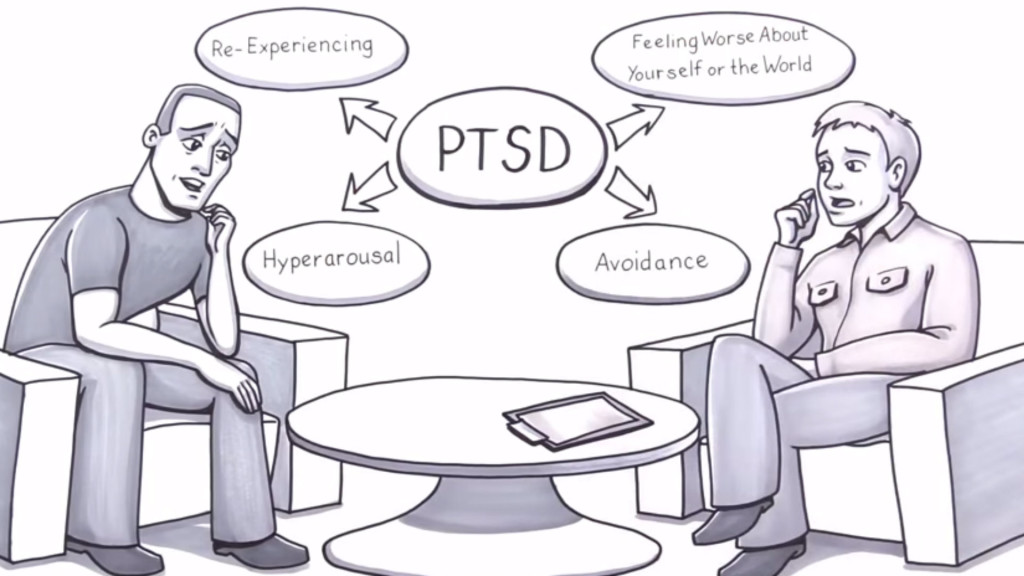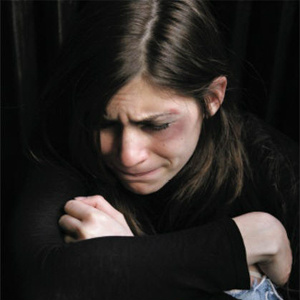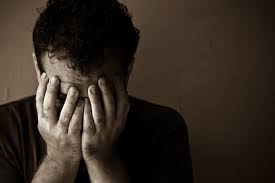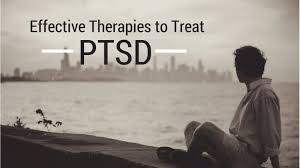What is Posttraumatic Stress Disorder,
or PTSD
Posttraumatic Stress Disorder (PTSD) can occur after you have been through a traumatic event. A traumatic event is something terrible and scary that you see, hear about, or that happens to you, like:
- Combat exposure
- Child sexual or physical abuse
- Terrorist attack
- Sexual or physical assault
- Serious accidents, like a car wreck
- Natural disasters, like a fire, tornado, hurricane, flood, or earthquake
During a traumatic event, you think that…. your life or others’ lives are in danger. You may feel afraid or feel that you have no control over what is happening around you. Most people have some stress-related reactions after a traumatic event; but not everyone gets PTSD. If your reactions don’t go away over time and they disrupt your life, you may have PTSD.
How does PTSD develop?
Most people who go through a trauma have some symptoms at the beginning. Only some will develop PTSD over time. It isn’t clear why some people develop PTSD and others don’t.
Whether or not you get PTSD depends on many things:
- How intense the trauma was or how long it lasted
- If you were injured or lost someone important to you
- How close you were to the event
- How strong your reaction was
- How much you felt in control of events
- How much help and support you got after the event

What are the symptoms of PTSD?
PTSD symptoms usually start soon after the traumatic event, but they may not appear until months or years later. They also may come and go over many years. If the symptoms last longer than four weeks, cause you great distress, or interfere with your work or home life, you might have PTSD.
There are four types of symptoms of PTSD:
1. Reliving the event (also called re-experiencing symptoms)
You may have bad memories or nightmares. You even may feel like you’re going through the event again. This is called a flashback.
2. Avoiding situations that remind you of the event
You may try to avoid situations or people that trigger memories of the traumatic event. You may even avoid talking or thinking about the event.
3. Negative changes in beliefs and feelings
The way you think about yourself and others may change because of the trauma. You may feel fear, guilt, or shame. Or, you may not be interested in activities you used to enjoy. This is another way to avoid memories.
4. Feeling keyed up (also called hyperarousal)
You may be jittery, or always alert and on the lookout for danger. Or, you may have trouble concentrating or sleeping. This is known as hyperarousal.

Can children have PTSD?
Children can have PTSD too. They may have symptoms described above or other symptoms depending on how old they are. As children get older, their symptoms are more like those of adults. Here are some examples of PTSD symptoms in children:
- Children age birth to 6 may get upset if their parents are not close by, have trouble sleeping, or suddenly have trouble with toilet training or going to the bathroom.
- Children age 7 to 11 may act out the trauma through play, drawings, or stories. Some have nightmares or become more irritable or aggressive. They may also want to avoid school or have trouble with schoolwork or friends.
- Children age 12 to 18 have symptoms more similar to adults: depression, anxiety, withdrawal, or reckless behavior like substance abuse or running away.
- A new study from the University of Stavanger in Norway that was published recently in the Journal of Abnormal Child Psychology suggests that as many as one-third of teenagers who are bullied may develop symptoms of post traumatic stress disorder (PTSD).

What other problems do people with PTSD experience?
People with PTSD may also have other problems. These include:
- Feelings of hopelessness, shame, or despair
- Depression or anxiety
- Drinking or drug problems
- Physical symptoms or chronic pain
- Employment problems
- Relationship problems, including divorce
In many cases, treatments for PTSD will also help these other problems, because they are often related. The coping skills you learn in treatment can work for PTSD and these related problems.

Will I get better?
“Getting better” means different things for different people, and not everyone who gets treatment will be “cured.” Even if you continue to have symptoms, however, treatment can help you cope. Your symptoms don’t have to interfere with your everyday activities, work, and relationships.
What treatments are available?
When you have PTSD, dealing with the past can be hard. Instead of telling others how you feel, you may keep your feelings bottled up. But treatment can help you get better. There are two main types of treatment, psychotherapy (sometimes called counseling) and medication. Sometimes people combine psychotherapy and medication.
Psychotherapy for PTSD
Psychotherapy, or counseling, involves meeting with a therapist. There are different types of psychotherapy:
- Eye Movement Desensitization and Reprocessing (EMDR) therapy is an integrative psychotherapy approach that has been extensively researched and proven effective for the treatment of trauma. To date, EMDR therapy has helped millions of people of all ages relieve many types of psychological stress. Click here to get more information on EMDR.
- A similar kind of therapy is called Prolonged Exposure (PE) therapy where you talk about your trauma repeatedly until memories are no longer upsetting. You also go to places that are safe, but that you have been staying away from because they are related to the trauma.
- Cognitive behavioral therapy (CBT) is a form of psychotherapy. It was originally designed to treat depression, but is now used for a number of mental disorders. There are different types of CBT, such as cognitive therapy and exposure therapy.
- One type is Cognitive Processing Therapy (CPT) where you learn skills to understand how trauma changed your thoughts and feelings.
Adapted from http://www.ptsd.va.gov/public/PTSD-overview/basics/what-is-ptsd.asp
